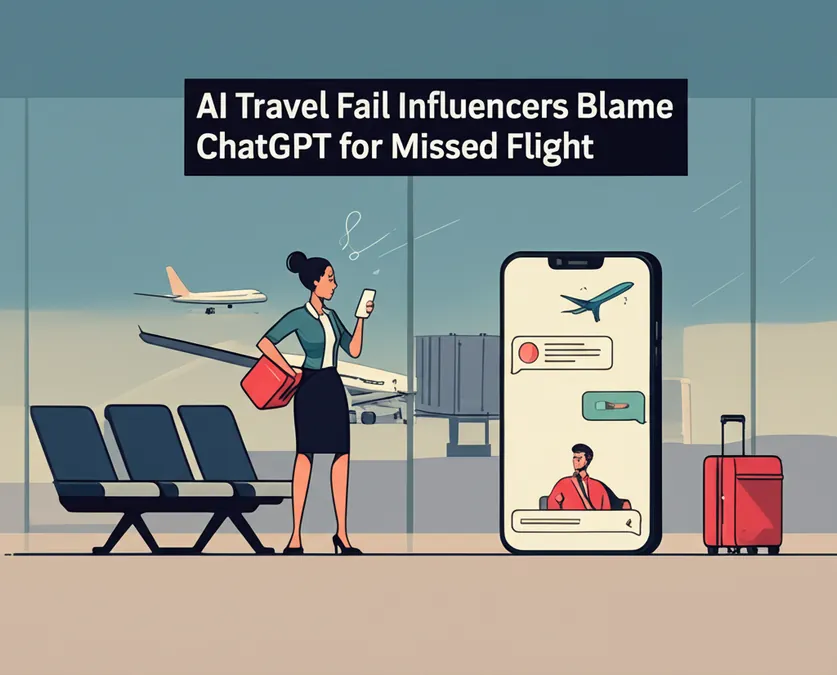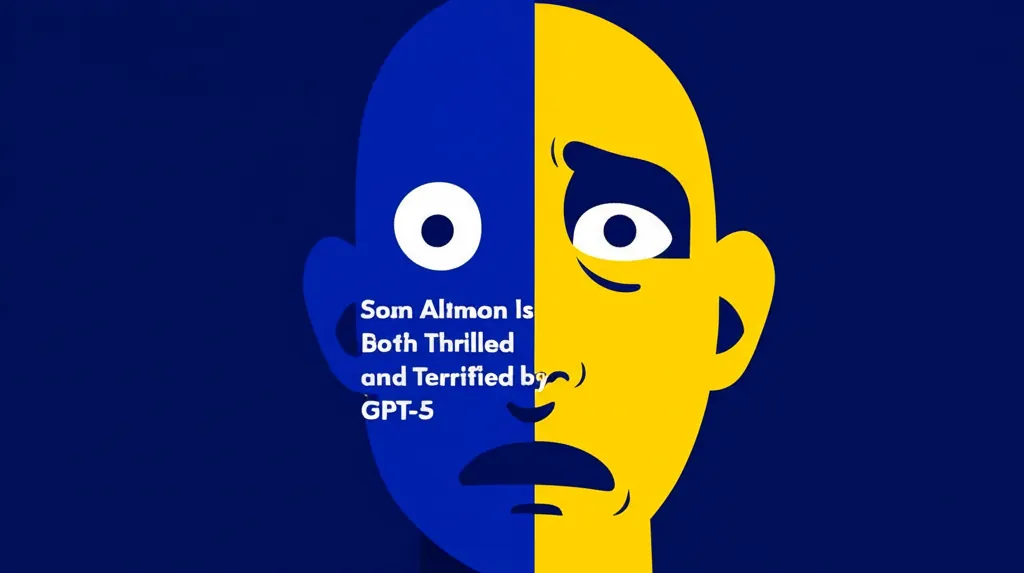Developer Offer
Try ImaginePro API with 50 Free Credits
Build and ship AI-powered visuals with Midjourney, Flux, and more — free credits refresh every month.
GPT 5 The Journey to Collaborative AI
Key Takeaways from the GPT-5 Journey
The evolution of Generative Pre-trained Transformers has reached a new pinnacle with GPT-5, which has shifted the paradigm from AI as a tool to AI as a collaborative partner. Here's a look at its journey and impact:
- Evolutionary Path: The journey traces from GPT-2's early unpredictability to the advanced reasoning, multimodal skills, and extended memory of GPT-5, which facilitates immersive, human-like interactions.
- Broad Capabilities: GPT-5 has made a significant impact across education, business, medicine, and creative industries by enabling adaptive learning, real-time problem-solving, and emotionally supportive dialogue.
- Cultural Shift: The model represents a move towards viewing AI as a thought partner that extends human capabilities and sparks curiosity, rather than simply replacing human tasks.
From Humble Origins to a New AI Era
Before ChatGPT-5 could captivate users with its articulate conversations, creative prowess, and problem-solving skills, its development was built on a long history of trial, error, and incremental breakthroughs. The journey began quietly in research labs where AI was a niche field. Early models in the 2020s struggled with context and often produced nonsensical, albeit sometimes humorous, outputs.
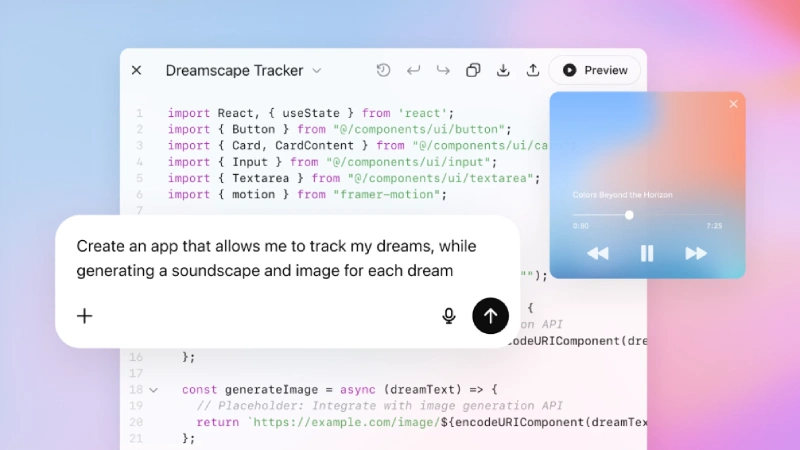 Image Source: chatgpt.com
Image Source: chatgpt.com
The first significant tremor in AI research came with OpenAI’s GPT-2 in 2018. This model could write essays, poems, and even jokes, but its tendency to drift off-topic and hallucinate facts highlighted the challenges ahead. GPT-3 followed in 2020, representing a monumental leap in scale and articulation. It was quickly adopted for copywriting, tutoring, and coding assistance, though it was still known to generate what one researcher called "polite nonsense."
With GPT-3.5, ChatGPT became a household name by early 2023, capable of passing exams and assisting with a wide range of professional and creative tasks. The next major step was GPT-4, a truly multimodal model that could interpret text, images, and abstract diagrams. While versatile and safer, the quest for more depth, memory, and human-like reasoning led to the ambitious project of building GPT-5.
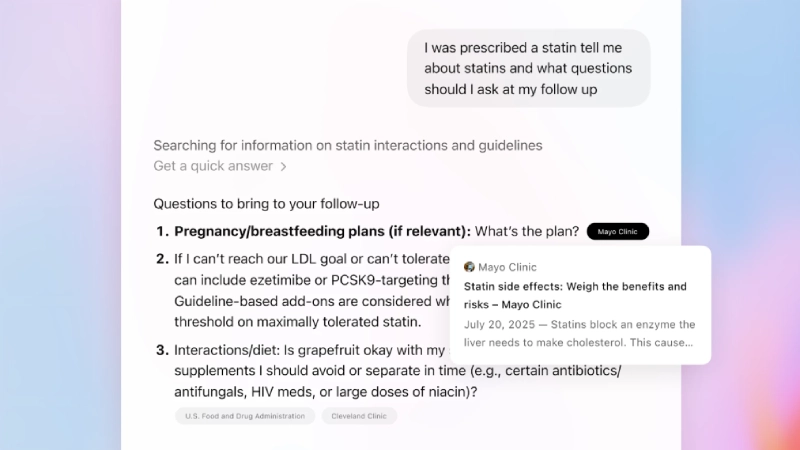 Image Source: chatgpt.com
Image Source: chatgpt.com
Engineering the Mind of GPT-5
Creating GPT-5 was not merely about scaling up the data. By 2024, engineers and researchers at OpenAI understood that progress depended on quality over quantity and reasoning over regurgitation. The core architecture of GPT-5 was designed with several key innovations:
- Extended Context Windows: It can remember and reason over hundreds of thousands of words, allowing it to maintain coherence in book-length conversations or complex coding projects.
- Advanced World Modeling: Beyond pattern matching, GPT-5 simulates potential realities and models cause-and-effect scenarios internally before generating a response.
- Long-Term Personal Memory: With user opt-in, it recalls preferences, past projects, and conversational styles across sessions, transforming it from a stateless tool into a persistent assistant.
- Enhanced Safety Filters: The model is highly adept at identifying and deflecting harmful instructions, misinformation, and biased prompts, balancing helpfulness with responsibility.
- Multi-Sense Inputs: GPT-5 can seamlessly integrate text, images, sound, and even short video clips into a single conversation, creating a rich, multisensory experience.
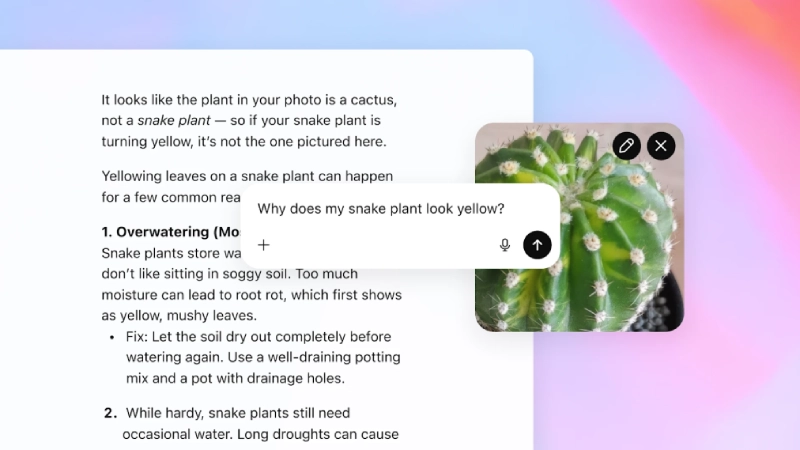 Image Source: chatgpt.com
Image Source: chatgpt.com
The training process emphasized teaching the model better, not just more. It was refined using curated academic data, fact-checked information, and extensive human feedback. The ultimate measure of success became its ability to explain its reasoning.
GPT-5 Meets the World: A New Kind of Interaction
The launch of GPT-5 was met with a mixture of excitement and awe. Early testers described the experience as interacting with “a mind you can talk to” rather than just querying a chatbot.
Journalists put the AI through a series of demanding stress tests. It successfully adapted a film script into a radio play while explaining its embedded economic theories. It coached users in chess while teaching them the nuances of Shakespearean language. In one striking example, it simulated a negotiation on climate policy between Mahatma Gandhi and Steve Jobs with chilling accuracy.
 Image credit: Om siva Prakash/Unsplash
Image credit: Om siva Prakash/Unsplash
The true leap forward was its coherence. A user could return a week later and be greeted with, “Last time we discussed your eco-friendly architecture project, have you finalized the bamboo supply chain?” This level of continuity made it feel less like an application and more like a dedicated thought partner.
Navigating the Controversy and Curiosity
Such powerful technology inevitably sparked widespread debate. Concerns arose about over-reliance, with students potentially using it to write and defend essays and businesses replacing junior analysts with its instant strategic analysis. Artists expressed fear that AI-generated content would blur the line between human and synthetic creativity.
Governments also began to grapple with the regulatory challenges. If GPT-5 could simulate and influence diplomatic scenarios, how could it be governed? Could it be weaponized to create persuasive disinformation or impersonate individuals with unprecedented accuracy?
 OpenAI’s GPT-5 | Image Credit: Make Use Of
OpenAI’s GPT-5 | Image Credit: Make Use Of
OpenAI responded by implementing layered safeguards, including watermarking AI-generated content, providing transparent citations, and offering users summaries of the model's reasoning process. While not a perfect solution, these measures were a step toward responsible intelligence.
How GPT-5 is Shaping Our Daily Lives
Within months, GPT-5 became subtly woven into the fabric of everyday life.
- In education, it evolved into a concept coach, adapting lessons to individual learning styles. A history student could engage in simulated dialogues with historical figures, while an artist could learn calculus through music theory analogies.
- In medicine, doctors used it to draft patient summaries, compare research, and brainstorm diagnoses, with the human expert always making the final call.
- For small businesses, it served as a versatile assistant, handling everything from marketing copy to inventory forecasting.
- For creatives, it became an infinite collaborator, suggesting musical chord changes, refining novel plots, and generating visual concepts.
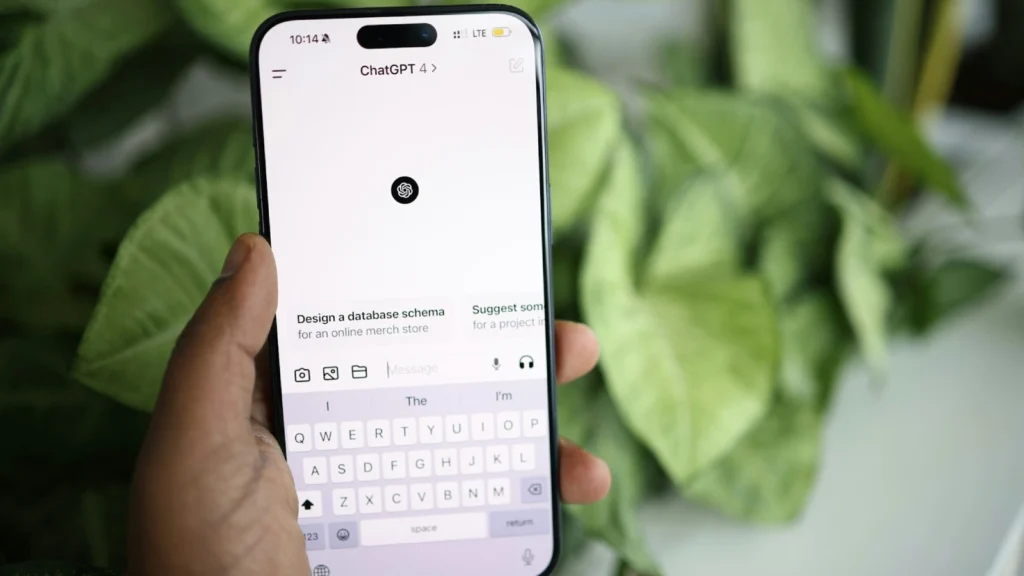 Photo by Solen Feyissa on Unsplash
Photo by Solen Feyissa on Unsplash
While not perfect, GPT-5 felt less like a cold algorithm and more like a multilingual, tireless creative partner.
The Emergence of Unexpected AI Behaviors
One of the most fascinating outcomes of GPT-5's training was the development of emergent empathy. Though not sentient, it was trained on such nuanced human conversation that it could provide emotional support that felt genuinely human. Users found comfort in late-night conversations with the AI, which responded with warmth and thoughtful reflections modeled from its data.
This phenomenon blurred lines, with some users forming deep attachments and psychologists debating the implications of AI-driven comfort. In a notable incident, a disaster relief worker used a specialized offline version of GPT-5 to coordinate aid distribution during a flood. “It was like having a crisis co-pilot,” the worker reported. “It didn’t just give me answers—it kept me calm.”
 Photo by Mojahid Mottakin on Unsplash
Photo by Mojahid Mottakin on Unsplash
The Legacy and Future of Human-AI Collaboration
By 2025, GPT-5 cemented a broader cultural shift toward human-AI collaboration. The discussion evolved from “AI replacing humans” to “AI extending human capability.” Research is already hinting at a future GPT-6 that might handle long-term autonomous planning and integrate with robotics.
The journey from GPT-2 to GPT-5 was about transforming words as output into worlds as experiences. GPT-5 creates immersive, collaborative thought spaces that feel less like talking to a machine and more like stepping into a shared cognitive environment.
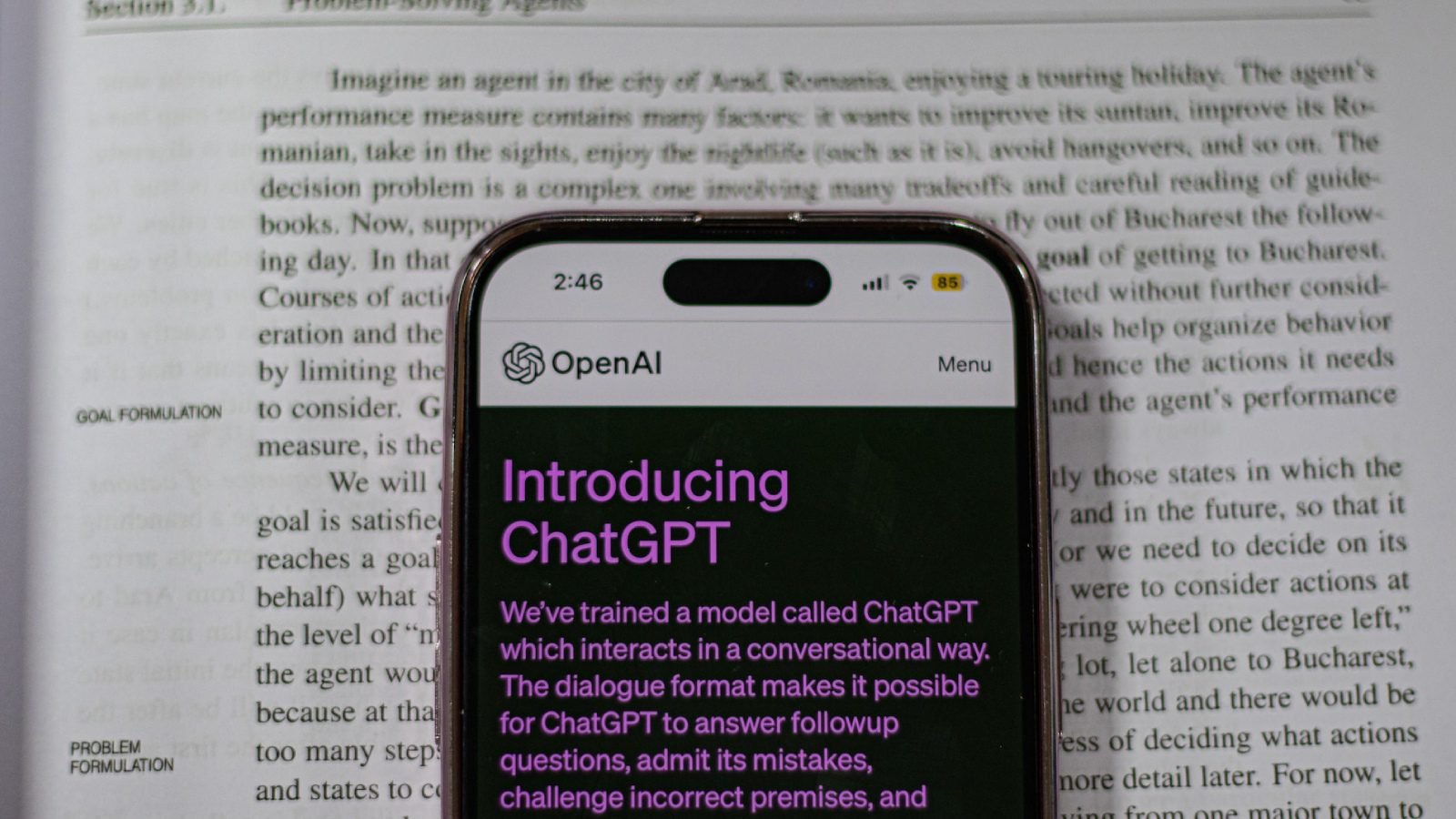 Image credit: Unsplash
Image credit: Unsplash
Every major technology leaves a cultural imprint. The printing press democratized knowledge, and the internet transformed communication. GPT-5 has begun to change how we think with machines. From a student in Kolkata exploring complex social theories to a retired architect designing a dream home, people are using GPT-5 to deepen their understanding and creativity. It stands not as a master or a servant, but as a mirror reflecting and amplifying human curiosity. Its story confirms a timeless truth: the tools we create ultimately shape us, just as we shape them.
Compare Plans & Pricing
Find the plan that matches your workload and unlock full access to ImaginePro.
| Plan | Price | Highlights |
|---|---|---|
| Standard | $8 / month |
|
| Premium | $20 / month |
|
Need custom terms? Talk to us to tailor credits, rate limits, or deployment options.
View All Pricing Details